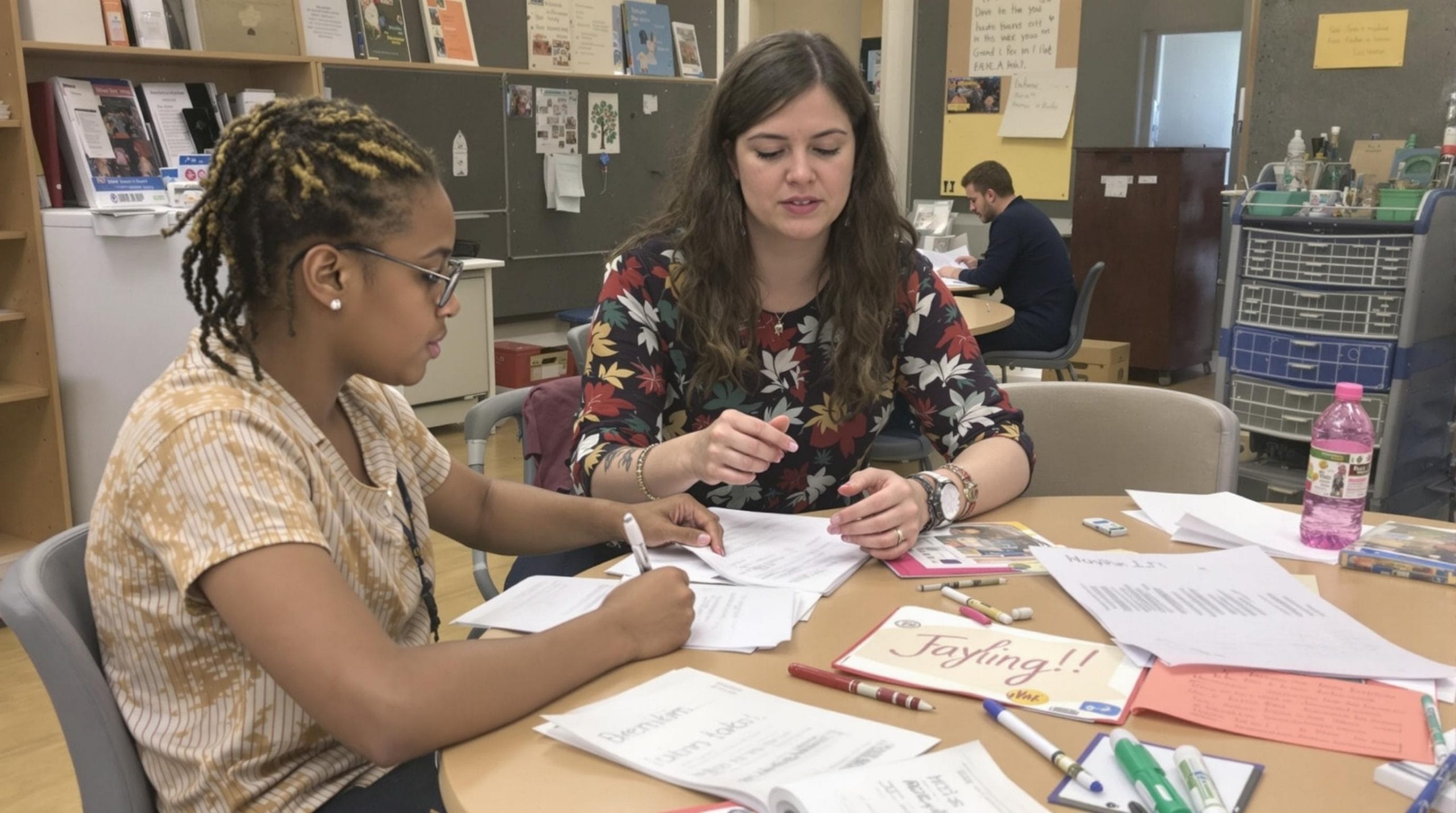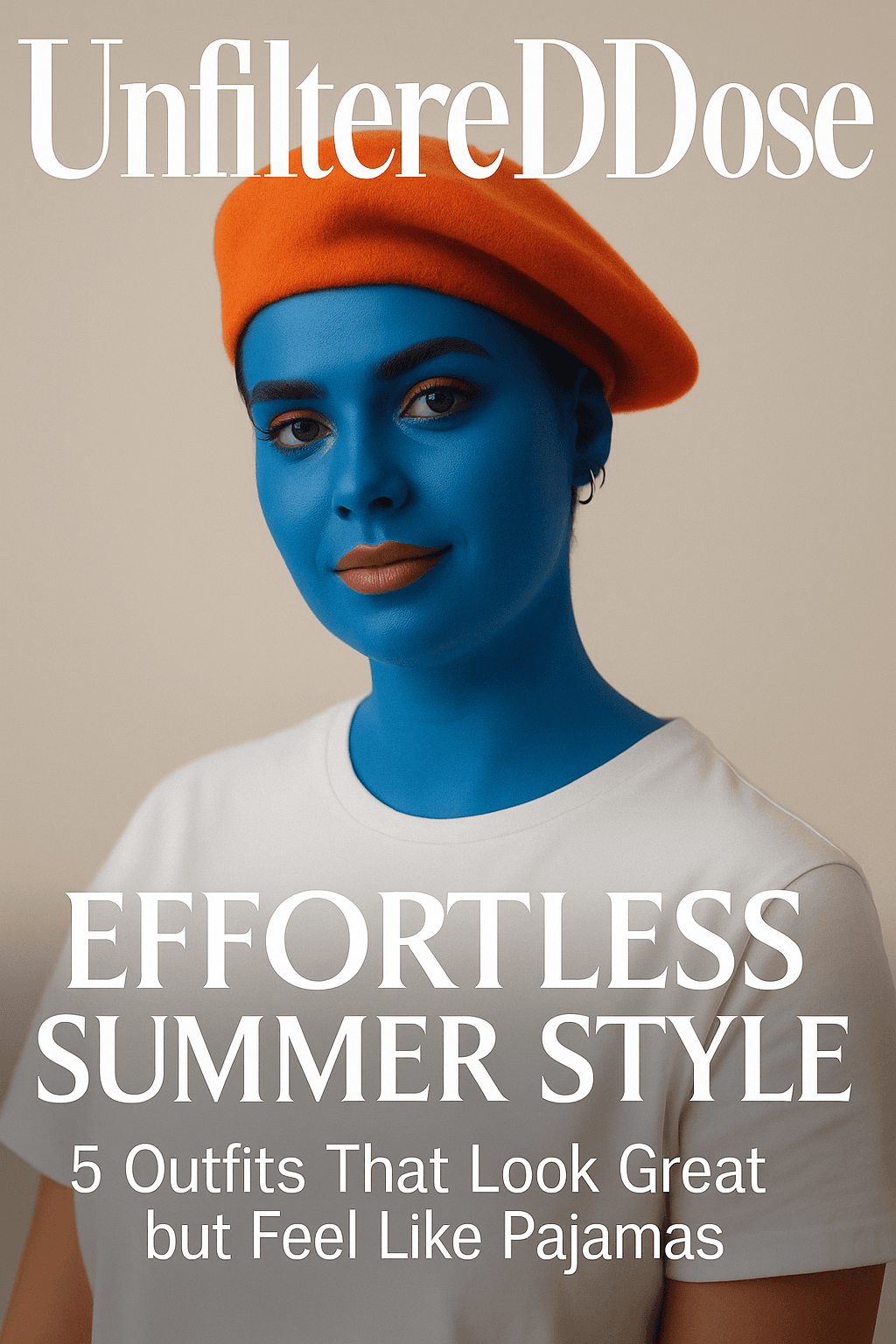Pareidolia
Why We See Faces in Everyday Objects?
Have you ever looked at a cloud and thought it resembled a familiar face? Or perhaps you noticed a smiley face in the headlights and grille of a car? If so, you’ve experienced pareidolia, a psychological phenomenon where people see patterns—often faces—in random objects. This fascinating effect is deeply rooted in human cognition and has implications in art, psychology, and even artificial intelligence.
What is Pareidolia?
Pareidolia is a type of apophenia, a tendency to perceive meaningful connections in unrelated stimuli. It occurs when our brains interpret random patterns as familiar shapes, such as human faces. This response is believed to be an evolutionary trait, allowing early humans to quickly recognize faces and expressions for survival purposes. Scientists suggest that the fusiform face area (FFA) in the brain plays a crucial role in face detection, even in abstract patterns (source).
Common Examples of Pareidolia
Pareidolia manifests in many aspects of daily life. Here are some common examples:
- Clouds: Seeing animals, faces, or objects in cloud formations.
- Food: Finding patterns in burnt toast, coffee foam, or fruits.
- Buildings and Objects: Noticing face-like structures in cars, house facades, or electrical outlets.
- Space Imagery: The famous “Face on Mars” is a well-known example of pareidolia in astronomy (source). Recently, a new structure on Mars has gained popularity on social platform X, with figures like Joe Rogan and Elon Musk discussing its resemblance to artificial formations. This has reignited debates on whether some planetary formations are natural or signs of extraterrestrial activity (source).
The Science Behind Pareidolia
Studies suggest that pareidolia is linked to the brain’s face recognition system. Neuroscientists have found that even newborns prefer looking at face-like patterns over random shapes, highlighting its deep-seated nature in human perception (source).
Additionally, researchers have used fMRI scans to analyze how the brain processes visual stimuli. These studies indicate that the same neural pathways activate when we see actual faces and when we perceive illusory faces (source). This explains why some people experience pareidolia more frequently than others.
Pareidolia in Art and Culture
Many artists have deliberately used pareidolia to create thought-provoking works. Leonardo da Vinci encouraged artists to observe random stains and clouds to find inspiration. Salvador Dalí, a pioneer of surrealism, incorporated pareidolic images into his paintings.
Religious and cultural contexts also embrace pareidolia. People often claim to see religious figures in food, tree bark, or architecture. These occurrences generate widespread interest and even pilgrimage sites (source).
Pareidolia and Artificial Intelligence
With the advancement of AI, researchers are studying how machines interpret images and whether they can experience pareidolia. Deep learning models trained for facial recognition sometimes misinterpret random objects as human faces, mimicking human perception errors (source). Understanding pareidolia can improve AI’s accuracy in distinguishing between real and illusory patterns.
Pareidolia is a testament to the brain’s powerful pattern-recognition capabilities. From art and culture to AI and neuroscience, this phenomenon continues to intrigue researchers and everyday observers alike. So, the next time you spot a face in your morning toast, you’ll know it’s just your brain playing tricks on you—but a fascinating trick, nonetheless!
latest video
news via inbox
Nulla turp dis cursus. Integer liberos euismod pretium faucibua





